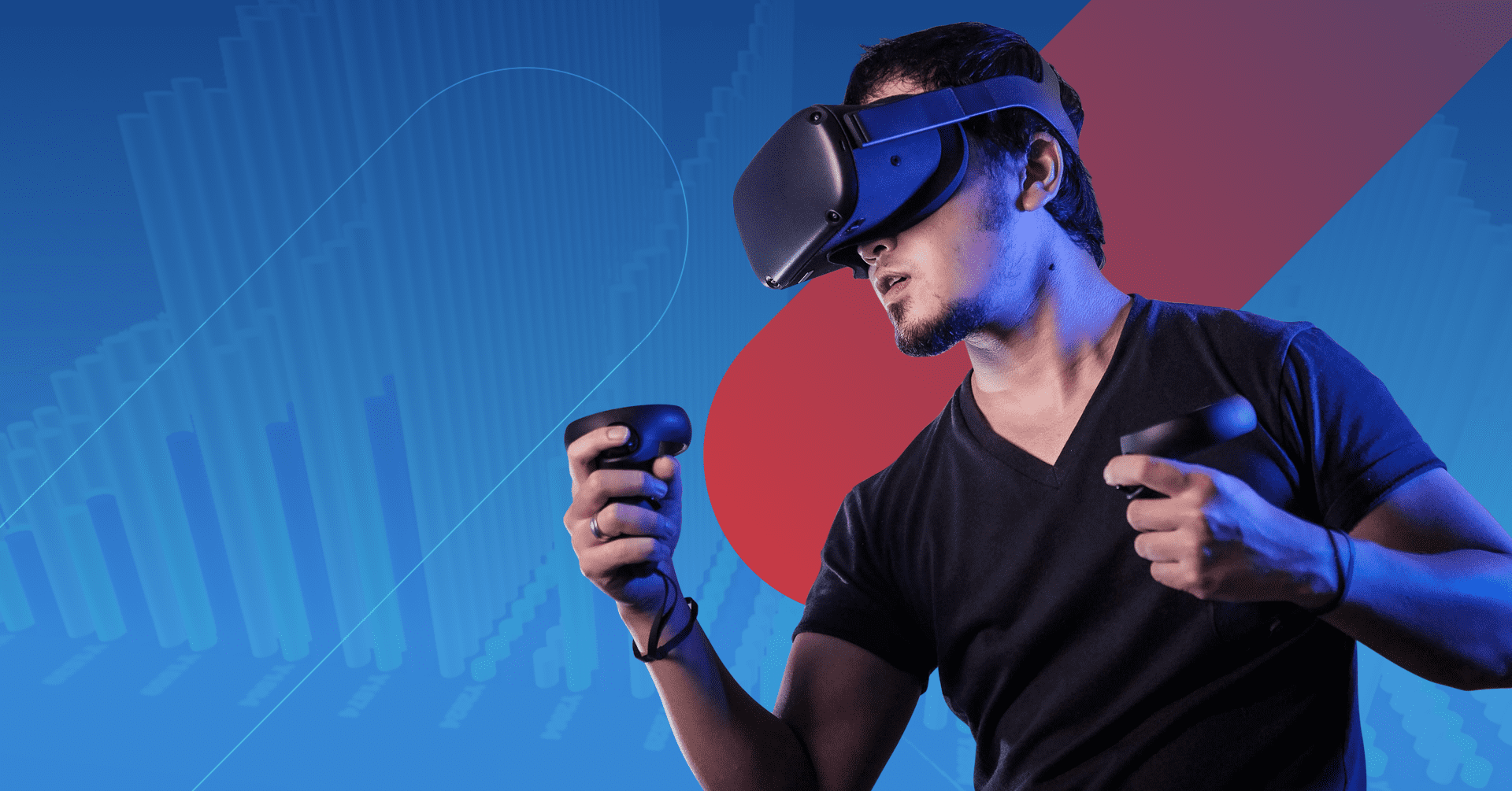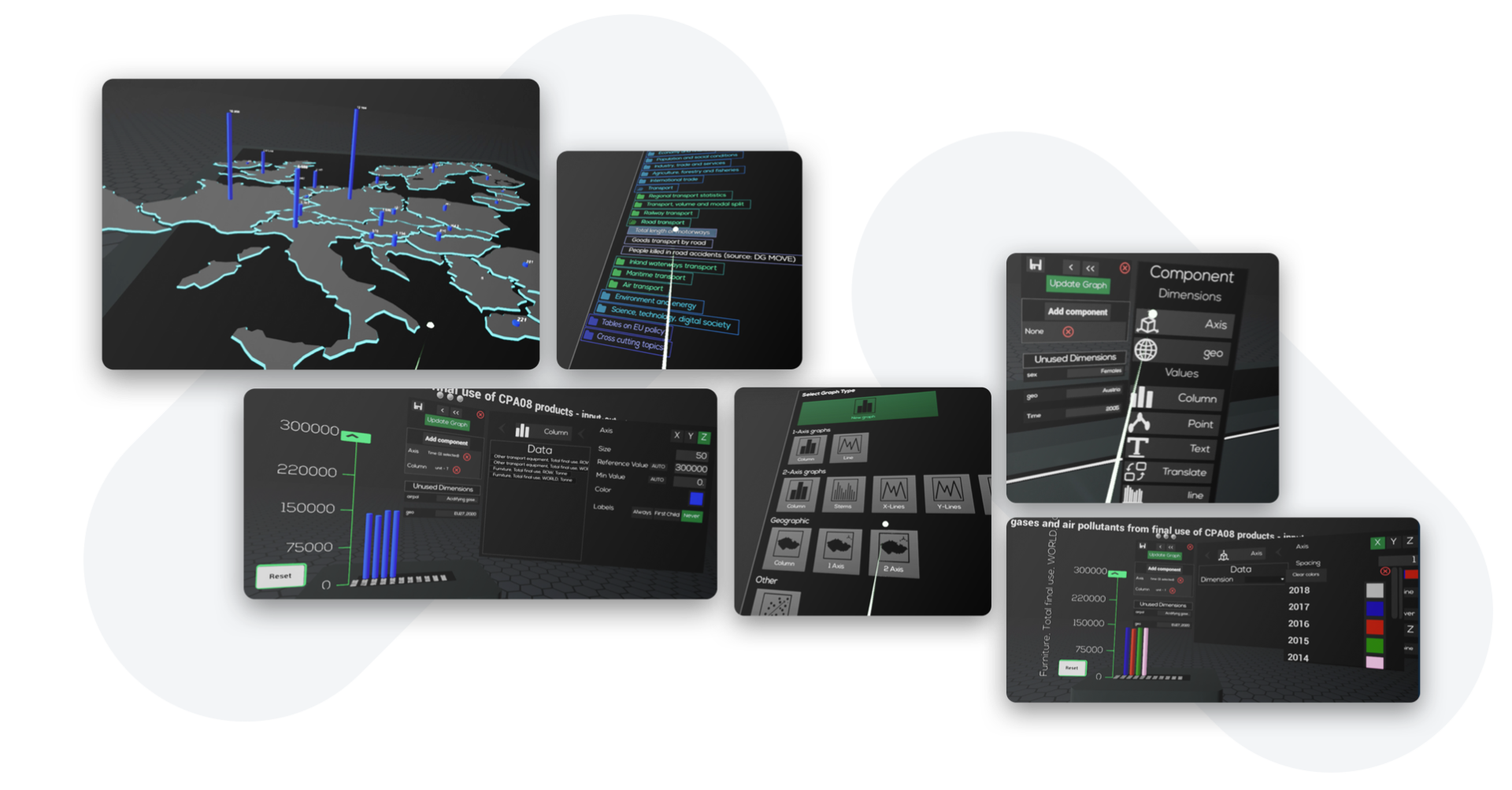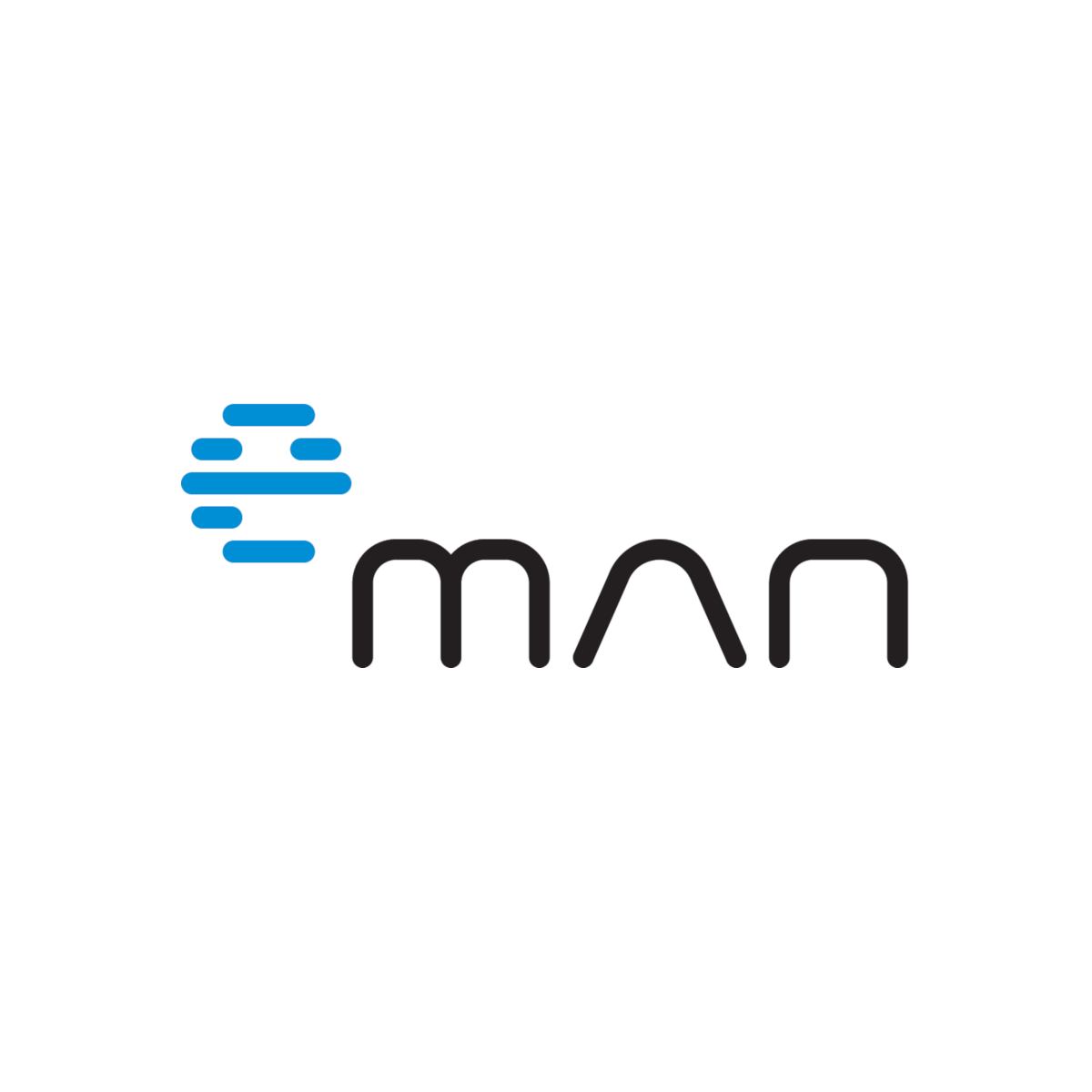Although still in their relative infancy, augmented and virtual realities are already being used in many companies in the Czech Republic. They are currently employed not only, for example, in aviation, but also in (practically) everyday activities such as high-quality visualizations and data presentation – even the European Statistical Office (Eurostat) is using them.
Ordinary reality is no longer enough for companies; they are moving their processes to the virtual environment

Experts agree that augmented reality (AR), as well as virtual reality (VR), will increasingly permeate our lives. Their principles facilitate this because they are basically technologies that enable us – in a virtual environment or with the help of AR glasses – to transfer digital data to the real world, as if we were looking at them right in front of us.
On a plane with a smartphone
Even a seemingly complex aircraft inspection can, in fact, be quite simple. The application that helps with aircraft repair works on expensive AR glasses such as a Microsoft HoloLens as well as on a smartphone fit with a simple headset. The type of device used affects the way it is controlled (whether by pupil scanning, a gesture, or by tapping) and the quality of the display. However, all functions remain basically the same.
And how does it look in the field? “An aircraft engineer enters the hangar wearing a headset. Via the camera, the application recognizes which aircraft it should focus on today, and marks it on the display in the field of vision. The moment the engineer approaches the aircraft, a checklist appears in the left half of his/her field of vision and, in the right half, a manual appears, showing the first step of the work to be done on the given aircraft. The instructions also include detailed drawings of individual components in the appropriate size,” explains Roman Kouba of eMan.
Certainty that nothing is missed during the repairs
When completing a task, everything is recorded according to the device the employee is using – by glancing at a certain corner, a gesture, or by tapping. Then, further instructions appear. This way, one can proceed step by step and plane by plane in the certainty that nothing is overlooked, with detailed instructions always in sight, and with hands free.
“The application records the entire progress of the worker and then uploads it to the cloud, so it is possible to check the work at any time and, in the event of an error, amend the entire manual so that it does not happen again. As a result, AR helps in the development of existing solutions, and companies using it have a clear competitive advantage in the market,” comments Kouba.
Better data visualization
Eurostat has embraced the use of modern technologies. They use virtual reality to do what they do best – creating statistics and data. The output is a special application in which its users can surround themselves with spatial graphs in various display forms, and manipulate them in real time in 3D. This gives analysts a much clearer and more detailed view, making it easier to identify any fluctuations.

“When we created the VR solution for Eurostat, it was crucial to find the ideal way to combine the needs of analysts while maintaining a user-friendly interface,” conveyed Kouba, who added, “For example, some data is associated with geographic data, which the user can view on a virtual map, where they immediately obtain a better overview.”
The development of the application took about eight months, after which it was finalized “on the fly,” based on feedback from Eurostat, which has been using it in its complete form since earlier this year.
